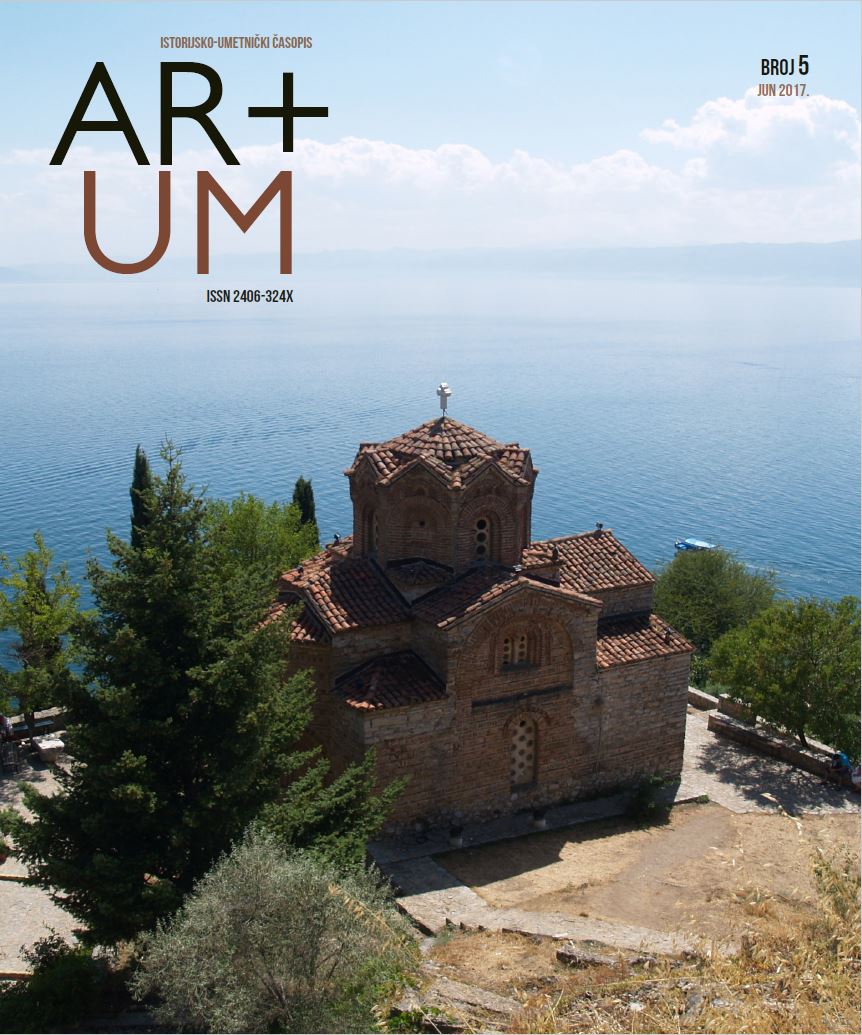Pregled delatnosti Hermana Bolea na prostoru Srbije
A review of Herman Bolle`s activity on Serbian territory
Author(s): Jelena SimovićSubject(s): Christian Theology and Religion, Architecture, 19th Century
Published by: Филозофски факултет, Универзитет у Београду
Keywords: Hermann Bolle;Kingdom of Croatia and Slavonia;Serbia;neobyzantine;neogothic architecture;
Summary/Abstract: With Bolle’s moving to the Kingdom of Croatia, Central European understanding of neo styles, especially Gothic revival, on whose sources he builds his education, makes a breakthrough. It can be seen in entire Serbia, not only in his personal works in Srem, but also on neo-gothic buildings across Vojvodina. Besides architectural works, Bole’s work made a contribution to applied art as well by Craft school in Zagreb, from whose workshops numerous works for furnishing churches and monuments expired. Especially in this works it can be seen that Bole did not remain immune to the influences of new stylistic tendencies, like secessionist ones, which became popular at the end of the 20th and the beginning of the 21st century. Despite being present, secession had never gained a place of specific importance in Bole’s opus, so he remains an architect in whose architectural works historical styles dominate. The fact that every single work of his is on the list of Republic Institute for Protection of Cultural Monuments further demonstrates the importance of works that Bole left in the territory of Serbia, whether by restorations or by buildings that are entirely built according to his projects. The monastery Grgeteg as a single unit with other monasteries of Fruška Gora is one of the cultural heritages. Church of St. Stefan (Dimitrija) in Sremska Mitrovica, St. Mihail in Erdevik, the Descent of Holi Spirit in Ruma and the pilgrimage church of Our Lady of the Snow in Tekije are cultural monuments of high importance, while the cross of Prince Eugene Savojski on Vezirac near Petrovaradin has a status of an immovable cultural property, that is to say, place of the key importance.
Journal: Artum - Istorijsko-umetnički časopis
- Issue Year: 5/2017
- Issue No: 5
- Page Range: 13-23
- Page Count: 11
- Language: Serbian

